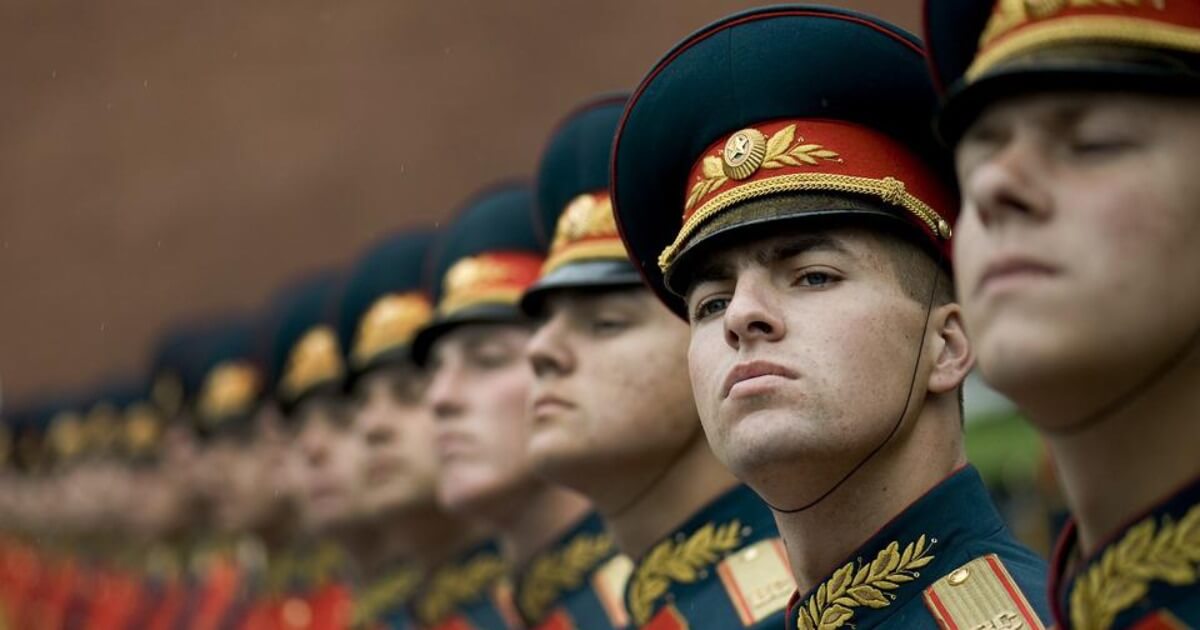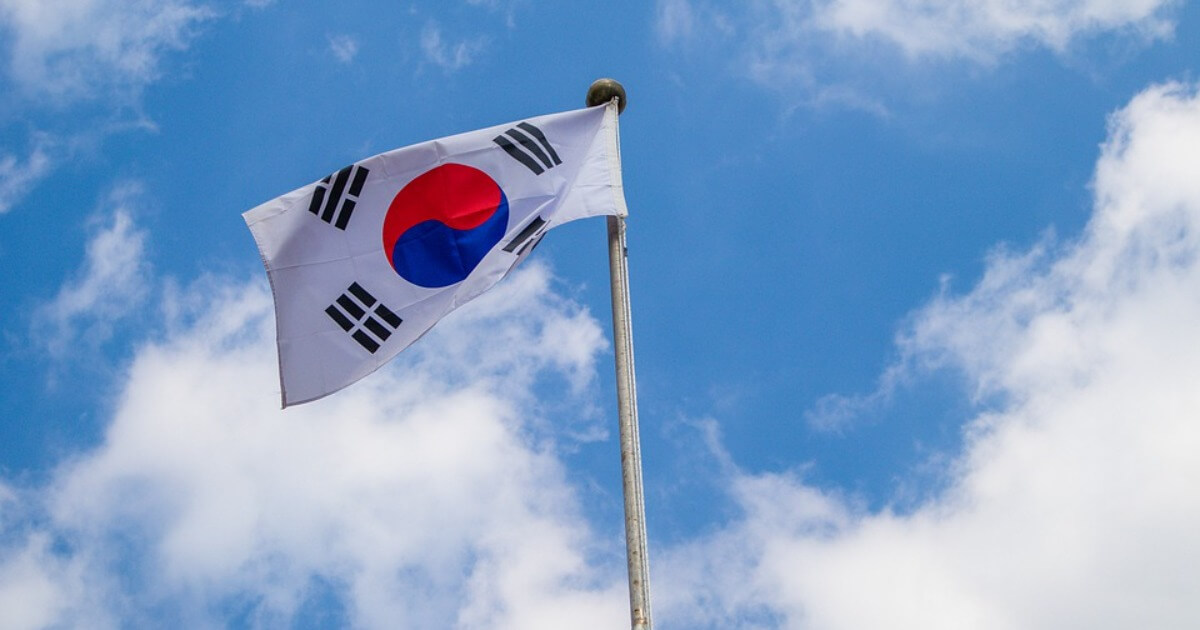The New Cold War Era
How Vladimir Putin’s actions in Ukraine are altering many previously long-held assumptions. Being criminal – and monstrous — is what Russia’s presumed “greatness” has been reduced to.
March 10, 2022

If Vladimir Putin succeeds with his latest step, the brutal invasion of Ukraine, a new Cold War in Europe is basically unavoidable.
New Cold War
With one big difference: This new version of the Cold War in greater Europe is bound to be far less stable than the previous edition.
Much will depend on whether Putin cements or loses power with his invasion. Restoring mutual trust with Russia is going to prove extremely difficult, if it is even possible.
In view of this new Cold War, memories of the old one are – by comparison – heart-warming. After all, the older version of the Cold War was based on a degree of stability.
Focus #1: One or several new Cold Wars?
This new Cold War will also take place in a context of a level of globalization and interdependence that did not exist prior to 1989. There also is the added factor of China, now equipped with the status of superpower – something Russia yearns for, but will never attain again.
It remains to be seen, given the rivalry between the United States and China, whether it will be a single cold war where, in simplified terms, the world may be divided into two blocks.
We may also have to deal with multiple cold wars, each conflict with its own characteristics and based on different pairs of tensions.
Sayonara to European sovereignty
The war in Ukraine will also draw Europeans even closer to Washington’s strategy on China.
That is a direct consequence of Europe’s military weakness and its lack of a clearly annunciated – and executed – economic strategy. Both of these factors translate into higher dependence on the United States.
This likely closing of ranks transatlantically is something that could really jeopardize globalization (championed by the Chinese) and alter energy dependencies (possibly for the better – if the crisis favors greener alternatives).
Russia teetering
U.S. military sources quoted in some media outlets estimate that the Russian campaign may need four to six weeks to achieve a “tactical seizure” of Ukraine.
The ensuing conflict could last 10-20 years and Russia would still end up losing, in a way reminiscent of the disastrous Soviet occupation of Afghanistan between 1978 and 1992.
Focus #2: Europe will have to “man” up
Irrespective of Russia’s deep-seated fear of NATO, if the West – and the idea of freedom itself – are to survive, then Europe, too, will have to confront Putin’s imperial designs.
Completely contrary to the – evidently delusional – assumptions of successive German governments, Europe (not just the United States) will have to deal with a potentially outcast, unstable and technologically isolated Russian empire.
Putin’s poisonous choices
The designs are still unclear, because the Russian President has not yet revealed if he wants to (a) leave Ukraine emasculated with a puppet government, (b) have another frozen conflict, (c) push for an enlargement of the Russian Federation, (d) create a military commonwealth or association of ex-Soviet states or another system that may depend on how the Ukrainians themselves and the West now react.
The only thing that Putin has said, ominously, is that sanctions “risk the future of Ukrainian statehood.”
In a way, being ominous — and indeed monstrous — is what Russia’s greatness has effectively been reduced to.
Focus #3: The new Iron Curtain
If Russia occupies or in some way absorbs Ukraine, the direct border between NATO and Russian military power will extend from 1,300 to 3,700 kilometers.
This raises new challenges at a time when major arms control agreements (INF, CFE and Open Skies) are no longer in force.
That they have been scrapped by Trump and Putin may have been part of Putin’s dark design and the most sobering evidence yet of Trump’s complicity in Putin’s actions.
The Kaliningrad factor
At a minimum, the danger of the Cold War turning hot increases. There also is an added factor: While Putin does lack a Warsaw Pact, with the enlargement of NATO he now has a Russian territory, Kaliningrad (formerly Emmanuel Kant’s Königsberg, the old capital of East Prussia) within NATO’s territory.
This tiny enclave may be surrounded by NATO countries, but it offers access to the sea. All indications are that Moscow will take advantage of its location in military terms.
Even Germany gets the message
This new Cold War is going to lead to increased military spending in an EU that has felt vulnerable and at the same time more united.
Germany has taken a step forwards with the decision of Olaf Scholz’s coalition government to ramp up defense spending and procure cutting-edge operational armed forces.
It is not alone. But what is new is that even its neighbors — in particular Poland and France — support German militarization, albeit this time within the European and transatlantic framework.
At long last, Western Europe now seems to be committed to the strengthening that successive U.S. governments have been urging for some time (of course, it is also a chance to sell U.S. defense equipment). And the EU has decided to send offensive military equipment to Ukraine.
Focus #4: More focus on NATO than on the EU
Amid this frenzy, NATO holds all the cards for outdoing the EU in military terms. In a new strategy of containment and deterrence, the rotating deployments on its eastern front may well become significant and permanent.
The EU, while it is proving crucial in terms of economic and political sanctions (although restricted by its dependence on Russian oil and gas), has not managed to acquire real military clout in time not to be completely dependent on the burgeoning role of NATO in this crisis.
For yet more evidence of NATO’s broadening role, the alliance has even suggested extending its collective defense principles to include possible cyberattacks against critical infrastructure, another new factor. And Finland and Sweden may join NATO before long.
Focus #5: The return of nuclear arms
Nuclear arms are back. While they had never left the strategic equation, they lay dormant. The activation of Russia’s deterrent forces and Lavrov’s allusion to a nuclear war were more than a warning, and the Biden Administration wisely did not rise to the provocation.
We could face the prospect of a new nuclear arms race and, if there is an escalation, possibly a new crisis akin to the Cuban missile crisis of 1962. Indeed, that could occur quite soon, not least because the twin elements of surprise and rule-breaking are all on Putin’s side.
It remains to be seen whether the Europeans will unite or be riven if it becomes necessary to respond to a Russian deployment of new intermediate-range missiles, a type curbed by the 1987 INF agreement that Trump recklessly renounced.
Focus #6: The battle for liberal democracy
More importantly, there is going to be an ideological battle – but not, as before, between communism and capitalism.
Today’s threat is to the liberal democratic system as opposed to autocracy.
Putin fears the EU for what it represents (notwithstanding cases such as Hungary) in defense of liberal democracy. And disinformation and support for extreme right-wing movements in the West will remain a weapon for Putin, however much Russia Today and other propaganda tools are banned.
The Russian regime has also muzzled Facebook in Russia to prevent dissent from spreading, although efforts will be made to foment dissent in order to undermine Putin.
The battle for liberal democracy is going to be crucial in the context of Putin’s Russia (much more so than in the case of China).
Social media battleground
How so? Because in order to make the new Cold War either gradually less cold or to overcome it at some point, the West will want to undermine the Russian President’s social base.
The hard task this time around is that the value and effectiveness of liberal democracy needs to be nurtured from within.
Unlike in the first Cold War, liberal democracy has been in crisis. Over the last 15 years, liberal democracy has undergone general decline. Part of the explanation is tied to the fact of economic stagnation, including in Western countries.
Focus #7: Doubts about the U.S.
Putin has committed an atrocity. But we in the West have made mistakes. We have not been capable of devising a joint strategy, either in the EU or in NATO, determining the nature of the relationship that the West wishes to maintain with a Russia we have underestimated.
A considerably more important factor, however, is that the United States has ceased to be a reliable country. This is clearly different under the Biden administration, which is acting like “Old Faithful.”
But his government is pretty much handcuffed at home owing to the United States’ deep internal rifts.
Let’s just conjure up for a moment the return of Trumpism and/or Trump. Under the banner of “Making America Great again,” he described NATO as “obsolete” and called into question Article 5 on collective defense.
Europe’s dark age coming?
Now imagine for a moment what cannot be discounted: If Trump’s thinking returns either as the dominant force in both Houses of Congress this November or to in the White House after the presidential election in 2024, Europe may hit a real wall.
The only relevant thought in this context? It is as well to consider potential futures, whether to avoid them or to be prepared for them.
Takeaways
If Vladimir Putin succeeds with the brutal invasion of Ukraine, a new Cold War in Europe is basically unavoidable. With one big difference: This new cold war is bound to be far less stable than the previous version.
This new Cold War will take place in a context of a level of globalization and interdependence that did not exist prior to 1989. There also is the added factor of China.
Given the rivalry between the US and China, it remains to be seen whether the world will have to contend with more than a single cold war or with multiple cold wars, each with its own set of tensions.
The likely closing of ranks transatlantically could jeopardize globalization (as championed by the Chinese) and alter energy dependencies (possibly for the better -- if the crisis favors greener alternatives).
Completely contrary to the delusional assumptions of successive German governments, Europe (not just the US) will have to deal with a potentially outcast, unstable and technologically isolated Russian empire.
If Russia occupies or absorbs Ukraine, the direct border between NATO and Russian military power will extend from 1,300 to 3,700 kilometers. This at a time when major arms control agreements are no longer in force.
The scrapping of arms control agreements by Trump and Putin may have been part of Putin’s dark design and the most sobering evidence yet of Trump’s complicity in Putin’s actions.
Imagine Trump were in office now – or him (or an ideological copycat of his) returning to the White House after the 2024 elections: Europe would be completely unprotected. That is the big event Putin still aims for.

